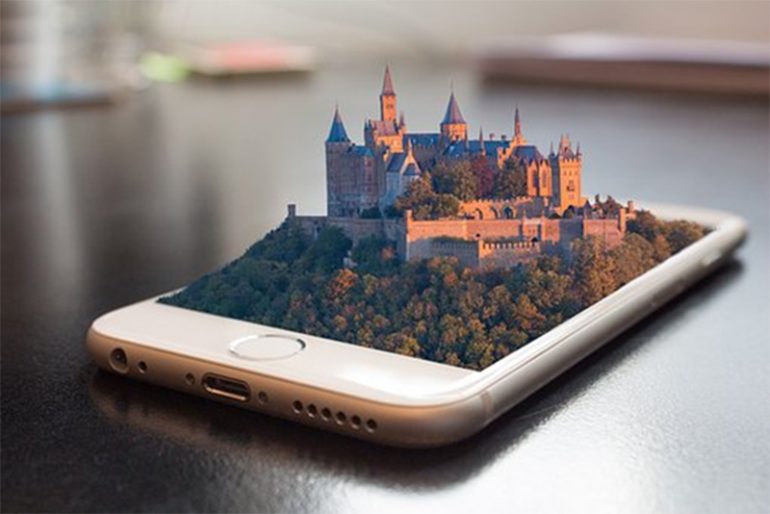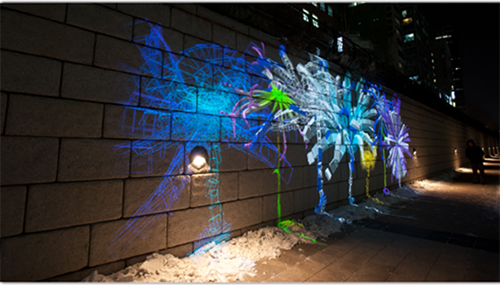Art always has a way of touching our souls, deepening our appreciation and our understanding of our lives. It transcends the very limits of space and time, drawing powerful emotions from us. That’s why art will never lose its importance and prominence. But, with the turn of the century, technology has shifted the way we think, speak and act. We dance to the tune of our smartphones, laptops and tablet. Artists from every corner of the world are not oblivious to such changes. Several of them are finding it hard to get their masterpiece noticed because of it. But, some are willing to adapt to the changes. There’s a growing interest in the possibilities of integrating technology in the artistic realms to test new modalities, tools and approaches in creating art.
Instead of using brushes, acrylics, oils and canvas, artists are rethinking the use of technology. For these artists, technology presents an opportunity for their art to evolve. With the integration of technology, we have digital marketplaces (made fashionable by social media) popping up for artists and enthusiasts to sell and collect artworks.
The future of art looks promising with the incorporation and utilisation of new technology. See how art is being redefined and reinvented down below:
- AI
People have always been thinking forward, finding new approaches and techniques to do things. One of this innovative discovery is robotics. All across the globe, the research into robotics has increased. People are looking into the many possibilities that robotics can introduce in the world today. They are slowly integrating AI to make lives more comfortable, convenient and improved. But, it is not only in the sciences where we can find robotics. Robotics has found its way into the field of art.
Artists are turning to robotics and AI to help them create masterpieces. That’s why robotic artworks are revolutionising the art scene, introducing another mode for artists to express themselves.
- AR
AR or augmented reality has changed the way we experience the world. AR is a technology that can seamlessly “augment” computer-generated images, sounds, smells into our everyday reality. This technology has already hit all the major digital markets and is slowly invading the entertainment and gaming industries. The boundary between simulation and reality is gradually disappearing as AR is altering the very landscape that we live in. Art is no exception. Contemporary artists utilise AR technology to help them create immersive and interactive installations that further enrich the experience of viewing art.
- VR
VR has already invaded the lives, and it’s now commonplace to see people using virtual reality technology for leisure time. But, VR has also found a home in art. Artists are experimenting with VR technology to create new realities, taking it to the next level. VR will also make it possible to test the limits of space. Artists can transport their art anytime anywhere with VR because the technology allows them to construct mobile galleries. Viewers can look at the artwork even if they are not physically present in the gallery. VR therefore stretches and create imagined spaces for the artistic worlds to exist.
- Digital projections
Digital projections help bring art to life. They enhance the viewing experience by actively engaging the somatosensory system. Through digital projections, it will be possible to touch or “feel” art, giving a new dimension to it to experience it differently.
These are some of the changes that technology has introduced to art. Of course, we will see more of it. We should embrace the changes and look forward to the future!
Image Sources:
1st image: https://pixabay.com/en/mobile-phone-smartphone-3d-1875813/
2nd image: https://robotart.org/archives/2018/artwork/3877/
3rd image: https://pixabay.com/en/augmented-reality-bicycle-bike-1853592/
4th image: https://pixabay.com/en/vr-virtual-reality-man-technology-3559837/




